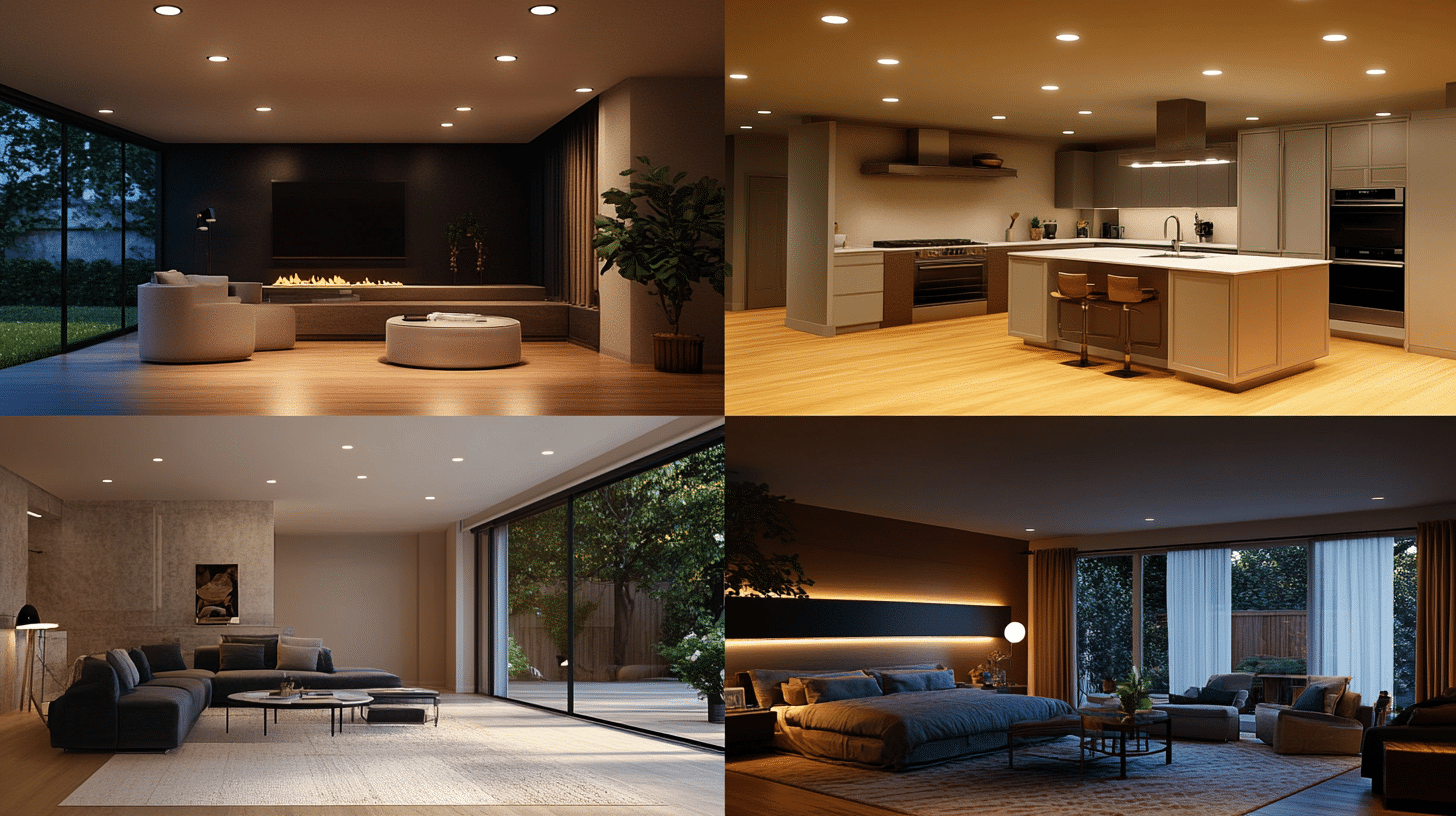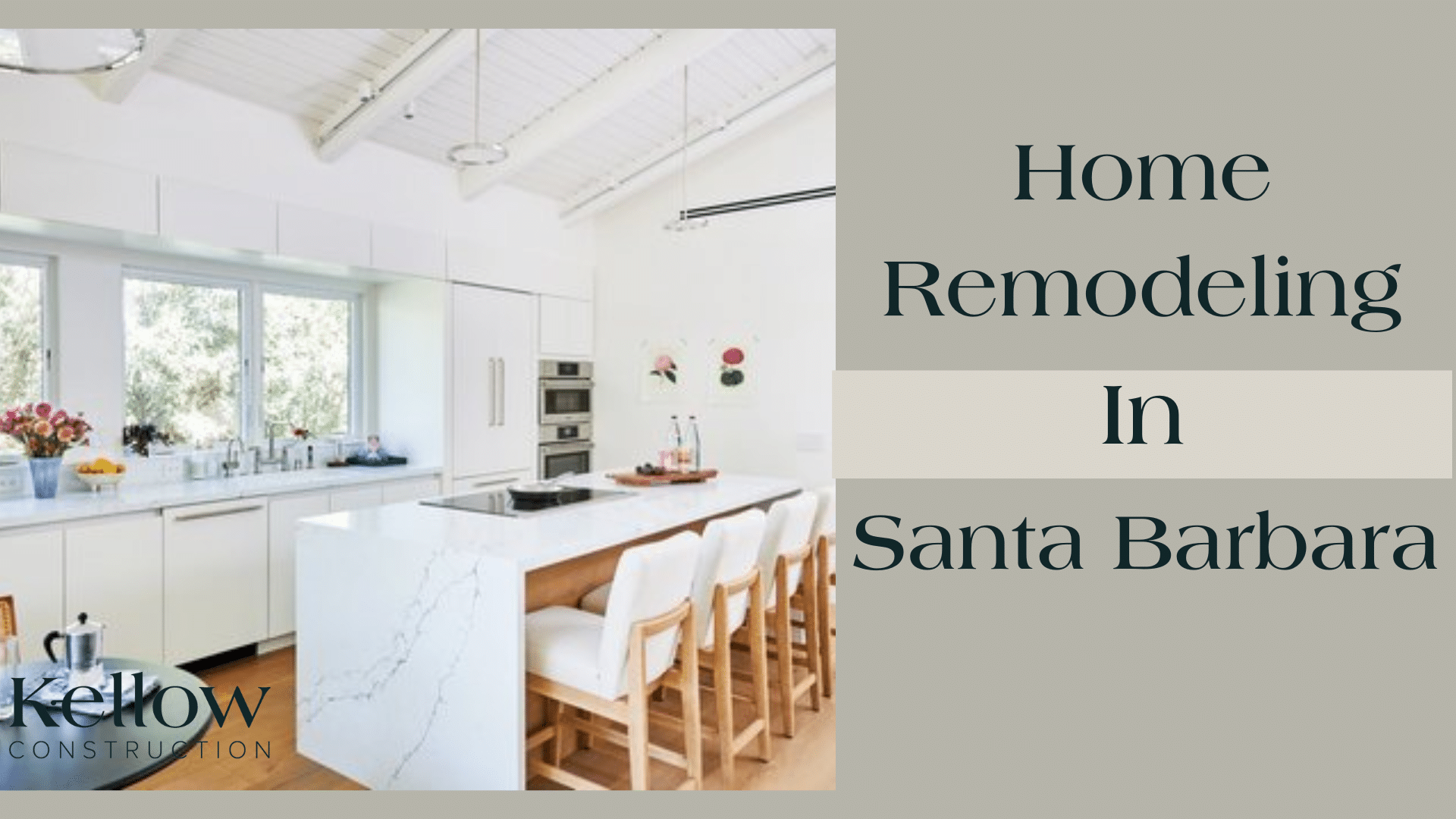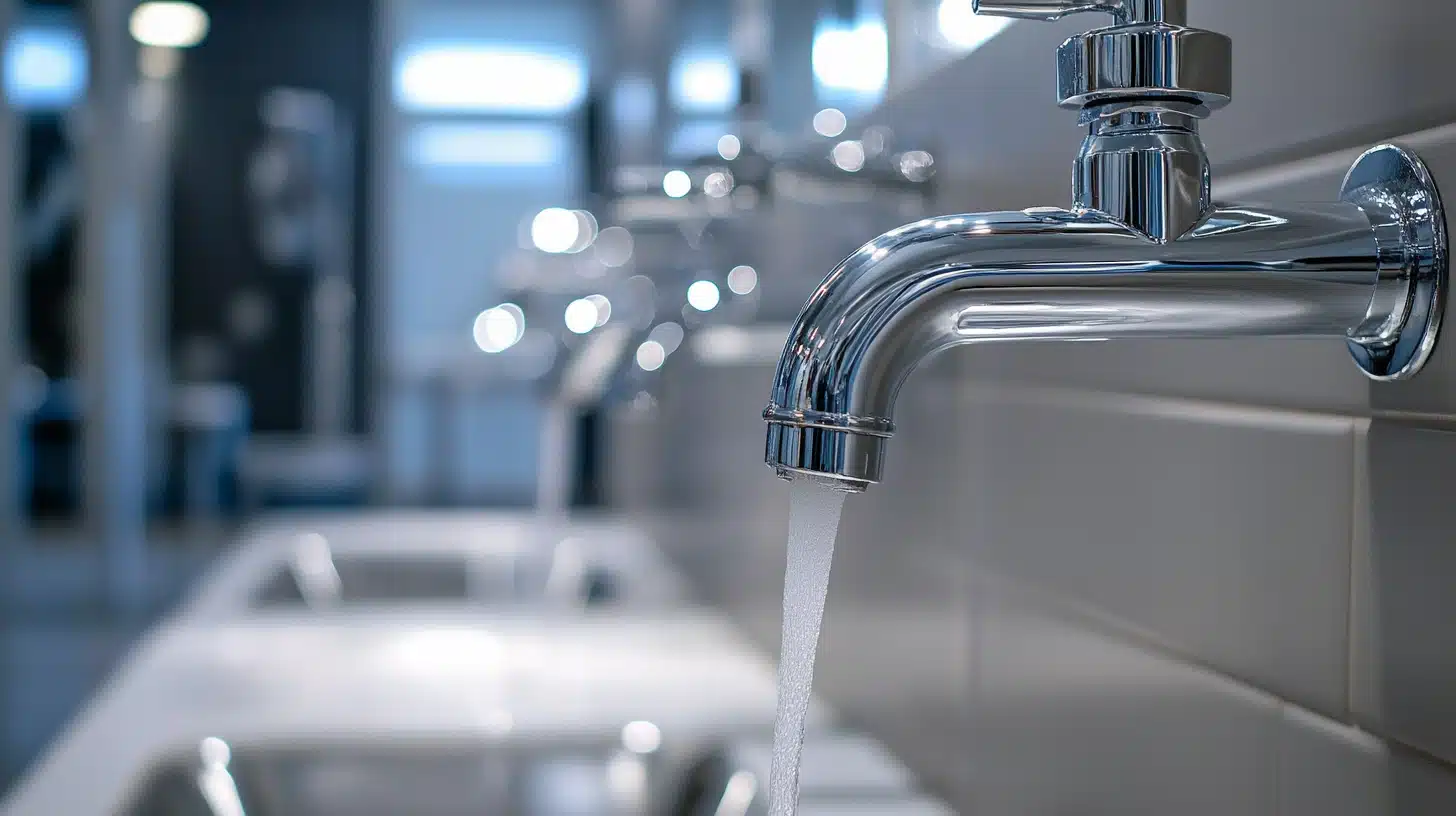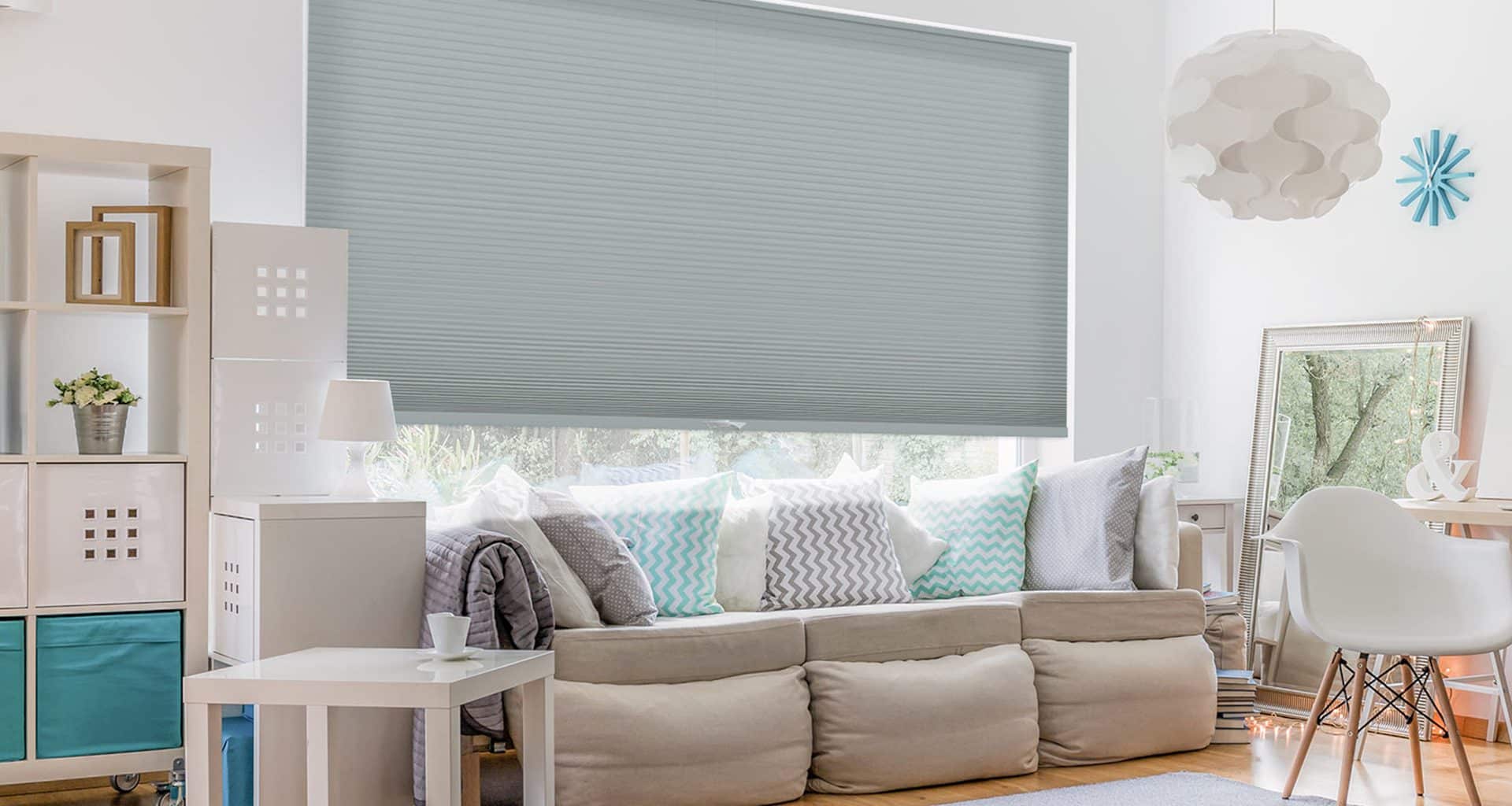How Many Recessed Lights Do I Need for My Home
Lighting can make or break the atmosphere in your home. I know how frustrating it can be to end up with rooms that are too dim or blindingly bright.
Getting the right number of recessed lights is key to creating the perfect ambiance.
I’ve got good news for you! Figuring out how many recessed lights you need isn’t as tricky as it seems. In this post, I’ll guide you through a simple process to determine the ideal number of recessed lights for any room in your house.
We’ll cover how to calculate the right amount of light, factors that affect lighting needs, and tips for placement.
By the end, you’ll know how to light up your home like a pro.
What is Recessed Lightings
Recessed lighting, also known as can lights or downlights, is a type of lighting fixture installed directly into your ceiling.
Components
- Housing: The part that’s installed inside the ceiling
- Trim: The visible part that sits flush with the ceiling
- Bulb: The light source itself, which can be LED, incandescent, or other types
Advantages
- Space-saving: They don’t take up any room space
- Versatile: Can be used for general, task, or accent lighting
- Modern Look: Provides a sleek, discreet appearance
Recessed lights work well in various rooms and settings. In kitchens, they can provide task lighting over countertops. In living rooms, they can create ambient lighting or highlight artwork. In bathrooms, they can offer even lighting that’s great for grooming tasks.
One of the best things about recessed lighting is its flexibility. You can choose from different trim styles, bulb types, and even smart bulbs that allow you to control color and intensity.
This means you can customize your lighting to fit your needs and preferences.
However, it’s important to plan carefully when installing recessed lights. The number and placement of lights can significantly impact the overall lighting in your room.
How Many Recessed Lights Do I Need
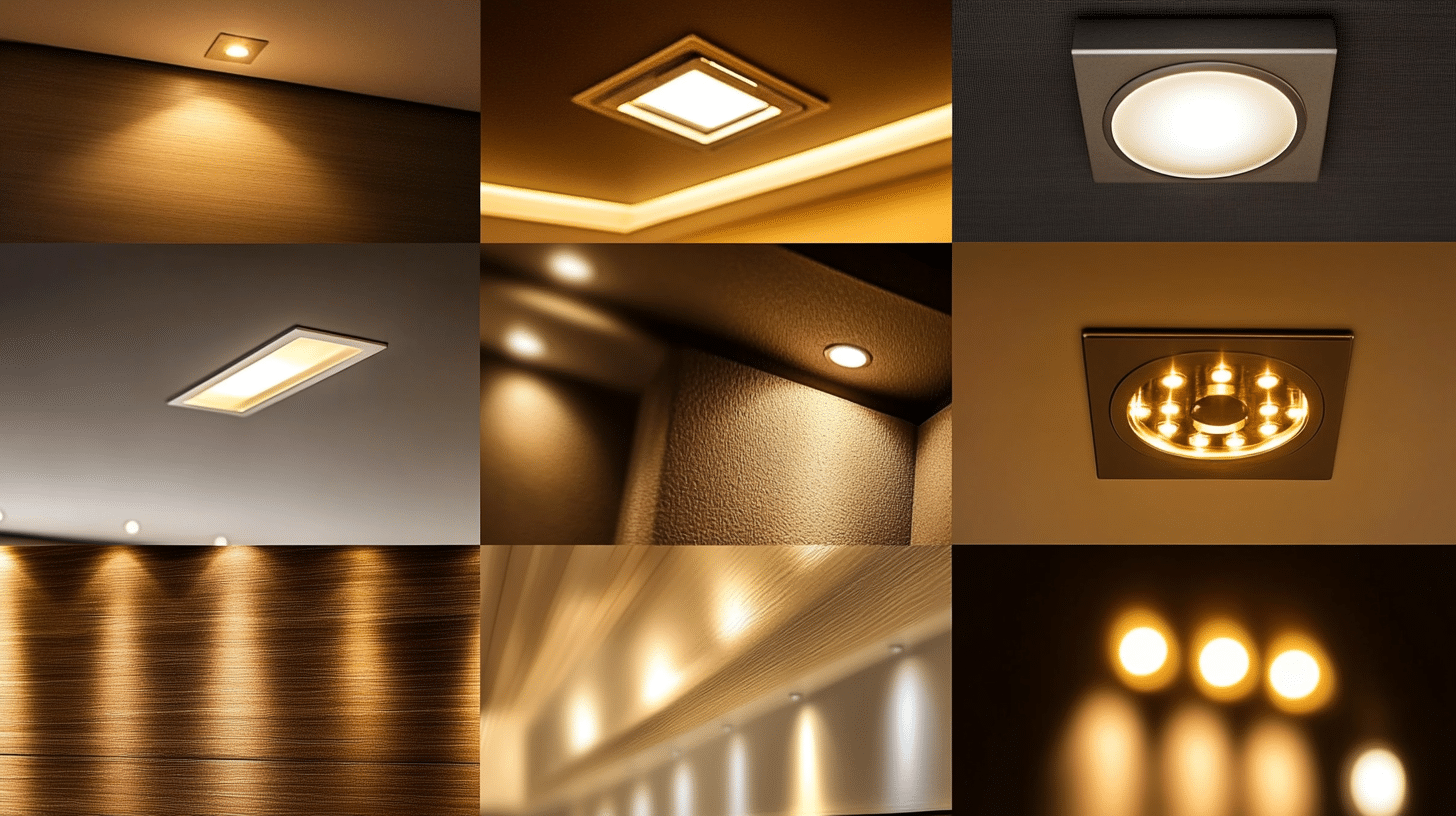
Let’s dive into how to determine the number of recessed lights you need for your home.
The number of recessed lights you need depends on several factors.
Here’s a breakdown:
1. Room Size: The bigger the room, the more lights you’ll need. A good rule of thumb is to use one recessed light for every 4 to 6 square feet of ceiling space.
2. Ceiling Height: Higher ceilings typically need more powerful lights or fixtures to illuminate the space properly.
3. Room Function: Different rooms have different lighting needs.
For Example:
Kitchens and offices often need brighter, more focused lighting
Living rooms and bedrooms might benefit from softer, more diffused light
4. Existing Light Sources: Consider any windows, lamps, or other light fixtures in the room. These can affect the number of recessed lights you’ll need.
Remember, this is just a starting point. Depending on your personal preferences and the specific needs of your space, you might want more or fewer lights.
It’s also important to consider the beam angle of your lights. Wider beam angles cover more area but may provide less focused light. Narrower beams are great for task lighting or highlighting specific features.
Lastly, don’t forget about dimmer switches! These can give you more control over your lighting, allowing you to adjust the brightness based on the time of day or your current activities.
What Size Recessed Lights Should I Use
| Room | Recommended Recessed Light Size | Reason for Selection |
|---|---|---|
| Living Room | 6-inch to 8-inch | Larger fixtures provide general ambient lighting, ideal for a spacious living area. |
| Kitchen | 4-inch to 6-inch | Smaller lights offer focused task lighting for countertops and prep areas, with flexibility for placing above islands. |
| Dining Room | 4-inch to 6-inch | Medium-sized lights can be used to highlight the dining table and provide soft, ambient lighting. |
| Bathroom | 3-inch to 4-inch | Small fixtures provide focused lighting over the sink and vanity while preventing overwhelming brightness in small spaces. |
| Bedroom | 4-inch to 6-inch | Medium-sized lights for a balance between general illumination and a cozy atmosphere. |
| Hallway | 3-inch to 4-inch | Smaller lights provide adequate pathway lighting without overwhelming a narrow space. |
| Home Office | 4-inch to 6-inch | Medium-sized lights to offer even, bright lighting for work tasks without creating glare on screens. |
| Closet | 3-inch to 4-inch | Compact lights are perfect for smaller spaces, providing enough light without taking up too much visual space. |
| Laundry Room | 4-inch to 6-inch | Medium-sized lights for task lighting while folding or sorting clothes offer bright, functional illumination. |
| Basement | 6-inch to 8-inch | Larger lights provide ample illumination for open, large spaces, often dimly lit. |
| Garage | 6-inch to 8-inch | Larger lights are best for bright general lighting in a space used for work or car maintenance. |
Remember, these are general guidelines. Your specific needs might vary based on your room’s size, ceiling height, and personal preferences.
It’s also worth noting that smaller lights (3-inch and 4-inch) are great for creating a more modern, sleek look, while larger lights (5-inch and 6-inch) can provide more overall illumination.
When in doubt, I find it’s often best to go with 4-inch or 5-inch lights for most rooms. These sizes are versatile and work well in a variety of spaces. And don’t forget – you can always add dimmer switches to adjust the light intensity as needed!
Key Factors Affecting the Number of Lights
Let’s explore the key factors that affect the number of recessed lights you’ll need in your home.
1. Room Size
The size of your room is one of the most important factors. Larger rooms naturally need more lights to achieve proper illumination. Here’s a simple way to think about it:
- Small rooms (up to 100 sq ft): 4-6 lights
- Medium rooms (100-200 sq ft): 6-12 lights
- Large rooms (200+ sq ft): 12 or more lights
2. Ceiling Height
The height of your ceiling plays a big role, too. Higher ceilings require more lights or higher wattage bulbs to effectively light the space. For example:
- 8-foot ceilings: Standard calculation
- 10-foot ceilings: Add 1-2 extra lights
- 12-foot or higher: Consider adding 2-3 extra lights or using higher-wattage bulbs
3. Room Function
Different rooms have different lighting needs based on their purpose:
- Kitchens and offices need bright, task-oriented lighting
- Living rooms and bedrooms often benefit from softer, more ambient lighting
- Bathrooms require even lighting for grooming tasks
4. Natural Light
The amount of natural light a room receives affects how many artificial lights you need:
- Rooms with large windows might need fewer recessed lights
- North-facing rooms often need more lighting than south-facing ones
5. Decor and Wall Color
Your room’s decor can impact lighting needs:
- Dark walls absorb more light so that you might need extra fixtures
- Rooms with lots of reflective surfaces might need fewer lights
6. Desired Ambiance
Your personal preferences matter too:
- If you like bright spaces, you might want more lights
- For a cozier feel, fewer lights on dimmer switches might work better
7. Existing Light Sources
Don’t forget to account for other light sources in the room:
- Table lamps, floor lamps, and pendant lights can supplement recessed lighting
- These additional sources might reduce the number of recessed lights you need
Remember, these factors work together. A large room with high ceilings and dark walls will need more lights than a small room with low ceilings and light-colored walls.
It’s all about finding the right balance for your space and needs.
Step-By-Step Calculation Guide
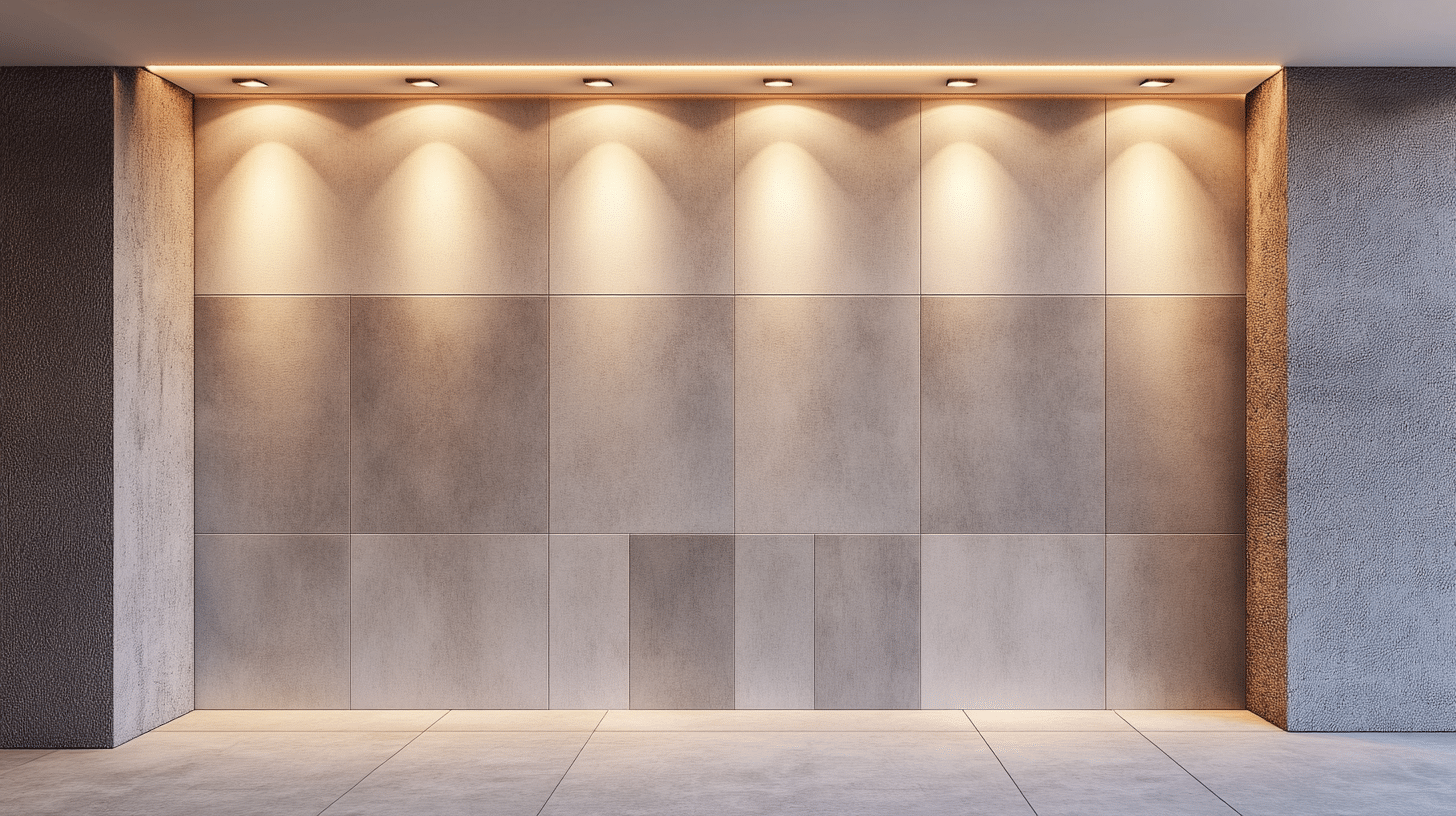
I’ll provide a step-by-step guide for calculating the recessed lights you need. This method is simple and effective for most home lighting projects.
Step 1: Measure Your Room
First, measure the length and width of your room in feet. Multiply these numbers to get the square footage.
Example: A room 12 feet long and 10 feet wide is 120 square feet.
Step 2: Determine the Foot-Candles Needed
Foot candles measure light intensity. Different rooms need different amounts:
• Living rooms and bedrooms: 10-20 foot-candles
• Kitchens and offices: 30-40 foot-candles
• Bathrooms: 70-80 foot-candles
For our example, let’s use a living room needing 20 foot-candles.
Step 3: Calculate Total Lumens
Multiply your room’s square footage by the candles needed for the foot.
Example: 120 sq ft x 20 foot-candles = 2,400 lumens
Step 4: Choose Your Bulb Type
LED bulbs are energy-efficient and long-lasting. A typical LED recessed light might produce 800 lumens.
Step 5: Calculate the Number of Lights
Divide the total lumens by the lumens per bulb.
Example: 2,400 lumens ÷ 800 lumens per bulb = 3 lights
Step 6: Adjust for Other Factors
Consider ceiling height, room function, and natural light. Based on these factors, you might add or subtract 1-2 lights.
Step 7: Plan Light Placement
Divide your ceiling into a grid. Place lights 24-36 inches from walls and about 4-6 feet apart for even lighting.
Step 8: Consider Lighting Zones
Think about different activities in the room. You might want extra lights over a reading nook or workspace.
Step 9: Add Dimmer Switches
Dimmers let you adjust light levels for different times of day or activities.
Remember, this calculation is a starting point. You can adjust based on your preferences and specific room needs. It’s always a good idea to consult a lighting professional for complex projects or if you’re unsure about electrical work.
Approximate Investment for Placing a Recessed Light
| Cost Factor | Approximate Cost Range (per light) | Details |
|---|---|---|
| Recessed Light Fixture | $10 – $60 | Depends on the size, type (LED, incandescent), and brand. |
| Installation (Electrician) | $100 – $250 | Labor costs for installation, wiring, and cutting ceiling holes. |
| Wiring and Materials | $5 – $20 | Includes wire, junction boxes, and connectors. |
| Dimmers or Switches | $20 – $60 | Optional: for adjustable lighting control. |
| Permits (if required) | $50 – $200 | Some areas require permits for electrical work. |
| Drywall Repair | $50 – $150 per light | For patching and refinishing the ceiling if large holes are cut. |
| Total Estimated Cost | $185 – $540 | Varies depending on complexity, location, and materials used. |
This provides an estimate for placing each recessed light, including the fixture, electrician fees, and extra costs like permits or drywall repair.
The total investment can vary depending on room size, the number of lights, and regional labor rates.
Major Guidelines to Follow for Proper Placement & Spacing
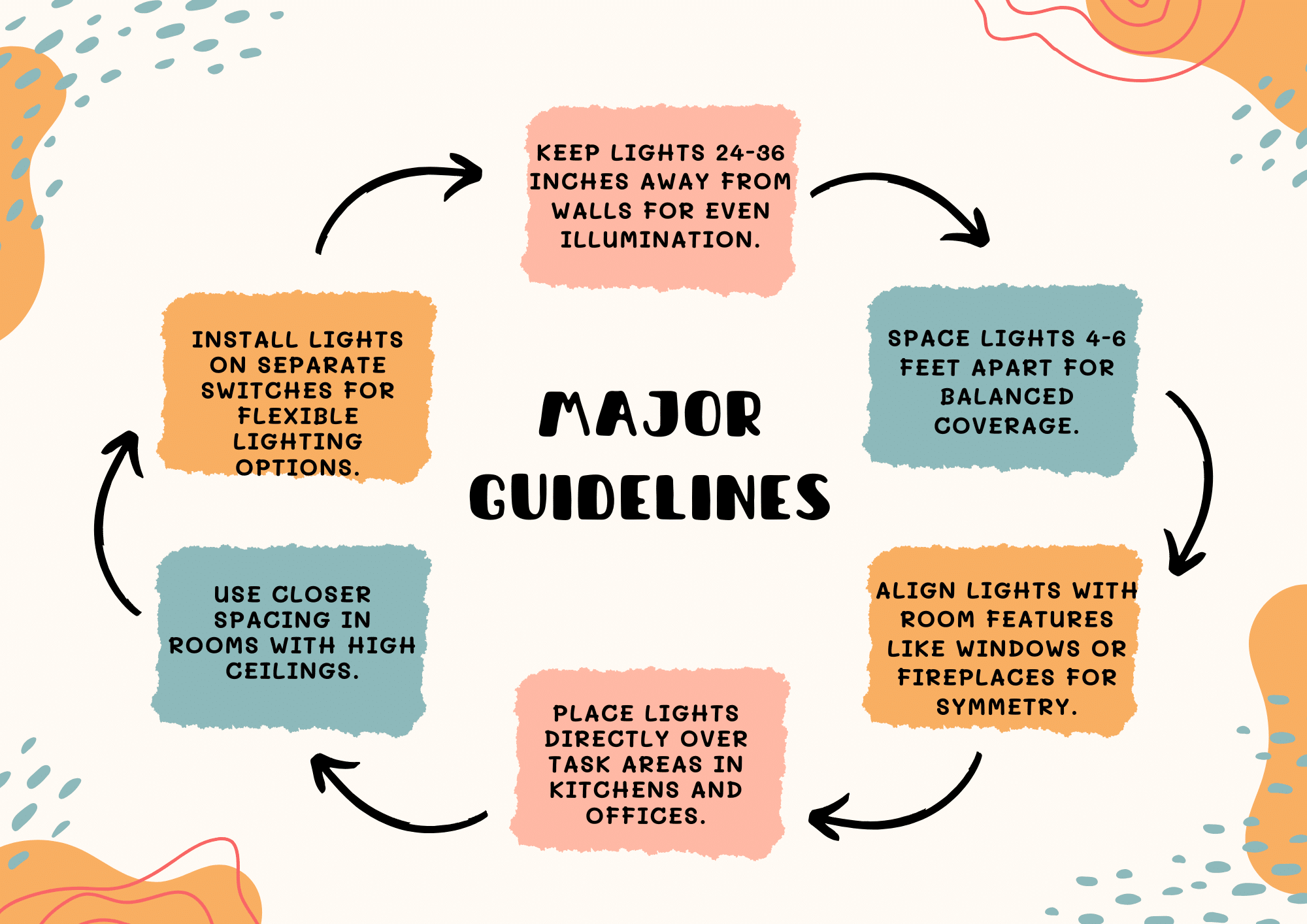
Conclusion
Now you’re ready to light up your home like a pro! Let’s recap what we’ve learned:
• Recessed lights are versatile and can work in any room.
• The number of lights you need depends on room size, ceiling height, and function.
• Proper sizing and placement are key for balanced lighting.
• Our step-by-step guide helps you calculate your lighting needs.
• Follow the placement guidelines for the best results.
Remember, lighting is personal. These tips are a starting point, but feel free to adjust based on your preferences. The goal is to create a comfortable and well-lit space for you.
Do you have questions? Leave a comment below. If you found this guide helpful, why not share it with a friend who’s planning a lighting upgrade?
Happy Lighting!

